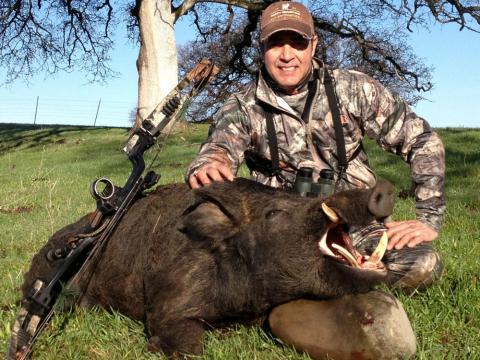If you’re an explorer who runs or hikes long distances and spends many hours out in the woods, you know the importance of packing light. However, food is usually one of the heaviest items in your pack. The lighter the food, the better it is for an expedition.
Pemmican is a lightweight foodstuff used for centuries by Native Peoples in North America and then by the explorers and colonists who arrived in the last three centuries. Its particular blend of fat and protein (occasionally with fruit thrown in) preserves it for decades. Some pemmican devotées claim that it can last for 50 years or more.
Here are some more details about the wonderful jerky-like food that can strip pounds from your pack and keep you going.
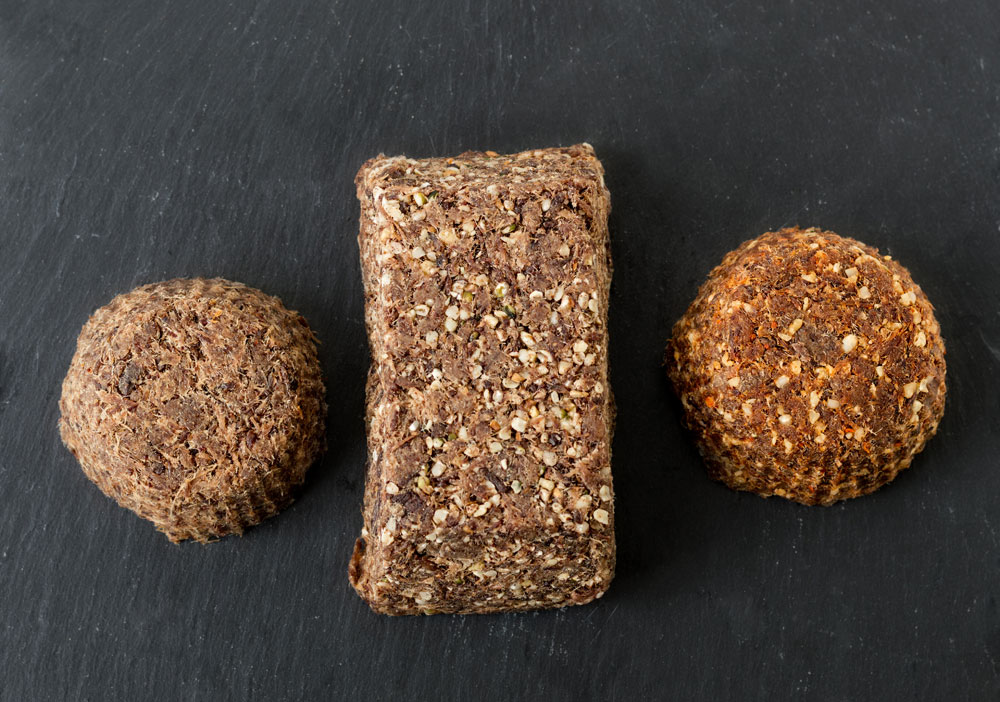
What Is Pemmican?
A unique blend of fat and protein, the name of this lightweight backpacking food comes from the Cree word pimîhkân, part of which means “fat.” Many cultures worldwide eat dried strips of beef, whether it’s caribou, reindeer, moose, elk, deer or cattle.
Be it kilishi from sub-Saharan Africa or uppu kandam from India, drying meat to preserve it is nothing new. However, adding fat to the recipe can also add longevity to the final product.
Scholars estimate that pemmican has been made in North American native cultures for centuries. The tradition passed to the groups of Europeans who landed on the Eastern Seaboard beginning in the 15th century.
In tribes from Florida to Canada, lean meat from big game animals like elk or buffalo was sliced into strips, dried in the sun or smoked, and then ground into a powder. The last step is what makes pemmican unique from jerky.
When in season or for special occasions, folks would add berries to the meat powder before pouring it into a bag. Melted fat was added to the mixture, and the bag would be sealed off. The combination would dry and stick together, making it simple to cut into chunks or slices for easier traveling.
Pemmican wasn’t just a long-haul staple. It was also a form of tradeable wealth and a survival tool. Often, pemmican would be on the docket when tribes traded between one another or with European settlers. If there was a food shortage, people turned to their pemmican stores to get them through the lean times. And when celebrants dressed it up with berries and other seasonal goodies, pemmican often found its way onto holiday tables.
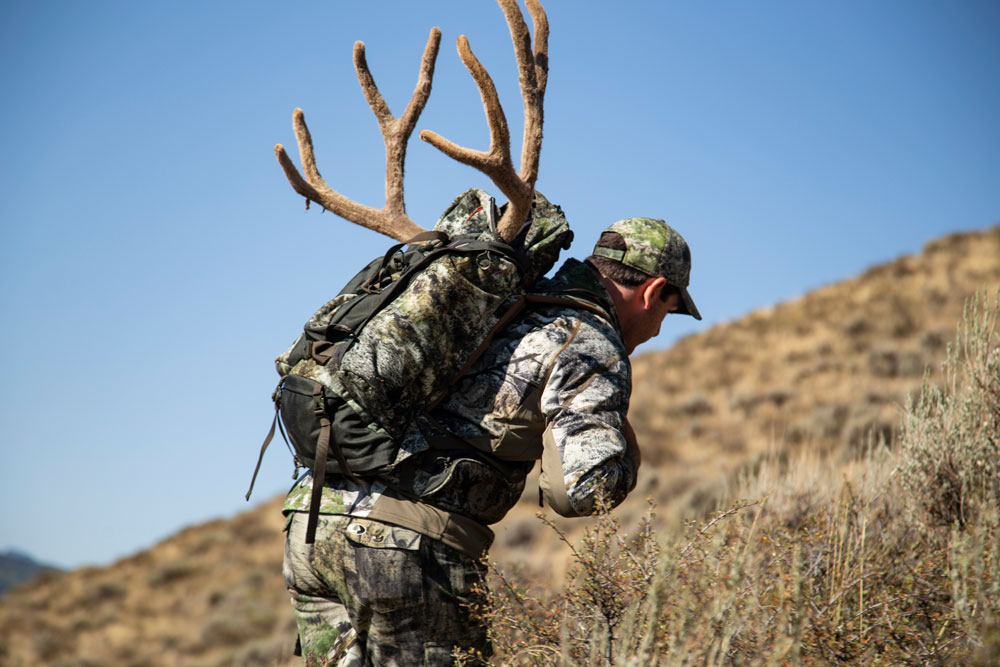
Types of Pemmican
Much like your grandmother’s favorite cookie recipe, there are thousands of variations for making pemmican. The fat and protein have to have a one-to-one ratio for preservation to take place. Some pemmican has a two-to-one ratio of fat to protein, perfect for a carnivore’s diet and to keep you going on the long haul.
Historical native tribes could make pemmican with any of the protein sources they consumed, even fish. Here are some of the different types:
Winter Pemmican
This type of pemmican tastes like greasy, plain beef jerky and Antarctic exploration was founded on it. There would be no way to sled over all that tundra without some sort of sustenance. Inuit people often used seal meat as their base, which is especially oily. Instead of being dried by heat or smoke, winter pemmican is preserved in the traditional method, packed in ice or snow.
Summer Pemmican
Depending on where it’s made and what is in season (in the Northwest, summer pemmican would be made of salmon), summer pemmican often has berries or herbs ground in with the meat powder. This type of pemmican is dried in a smokehouse or smoker or laid out in strong sunlight.
Fish Pemmican
Most have very oily flesh, so pemmican from fish is often more of a paste than a loaf.
Fine Pemmican
This pemmican is made with finely shredded meat (commonly buffalo) and marrow fat, which is much richer than other fats. It’s called fine pemmican because it is finely sifted to get rid of any bone shards.
Ceremonial Pemmican
Often found on wedding tables, this type of pemmican has spices or other tasty treats in it. Once preserved, you can slice this pemmican into portions that look a lot like a holiday fruitcake with the berries embedded into it.
Pemmican was adopted by European settlers and was integral to the fur trade as well as Antarctic exploration. It has since become a staple for explorers in austere, remote locales and the U.S. Navy.
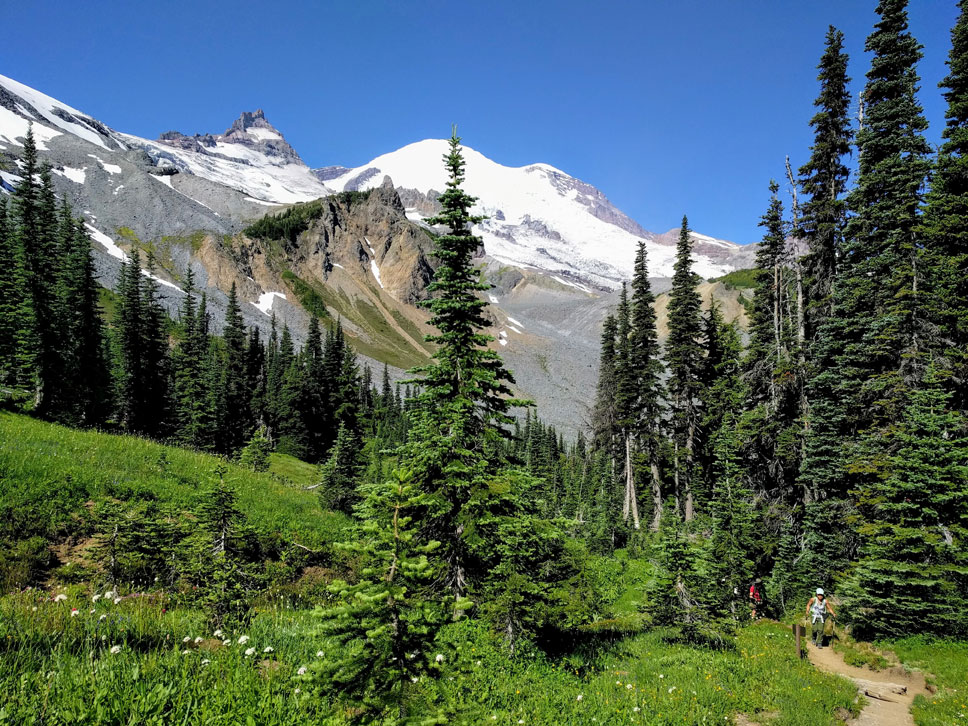
How Do You Make Pemmican?
If you want to try your hand at making this ingenious and nutrient-packed foodstuff, you have to know how to dehydrate food. The only two requirements to make pemmican are fat and meat in a one-to-one ratio.
Step 1: Grind your meat
Pound and grind your dried meat until it resembles clumpy, shredded sawdust. If you’re in the woods, a log and rock work well, or a mortar and pestle. If you’re at home, use a blender. It’s crucial to use lean meat like venison that snaps when you bend it.
Step 2: Melt rendered fat
Using low heat and, if possible, a double boiler, melt the fat from the animal you harvested or beef suet over low heat. If the mixture starts to smoke, you’re dangerously close to temps that will cook your meat when it’s added (170˚ or more).
Step 3: Mix in meat
Once all the fat has melted, add half the shredded ground meat first and mix thoroughly. Then, add the rest. You want every fiber of meat to be coated in the fat, so take your time. If you add anything else, like berries, these additions also need to be dried thoroughly. Season with salt and pepper.
Step 4: Transfer and cool
Once you've mixed it, remove your pemmican from the heat and let it cool. You can transfer it to muffin tins, Ziploc bags or airtight containers.
You don’t even have to remove it from the pan. You can let it cool in there and chisel the concoction out afterward. Room temperature will do the trick, but refrigeration or hours outside on a cold day will solidify your pemmican more quickly.
Pemmican is an acquired taste, but it will sustain you for miles and miles without weighing you down. Nutritionally, pemmican is a complete food, and there are stories of folks surviving just on this meal for months on end.
Per 2.2 oz bar, you get roughly 293 calories, made up of one percent carbs (1 g), 79 percent fat (26 g) and 20 percent protein (15 g). Take into account that the nutritional value varies depending on the type of pemmican you make. If you add any extras like dried fruit or honey, you should factor in more carbs.
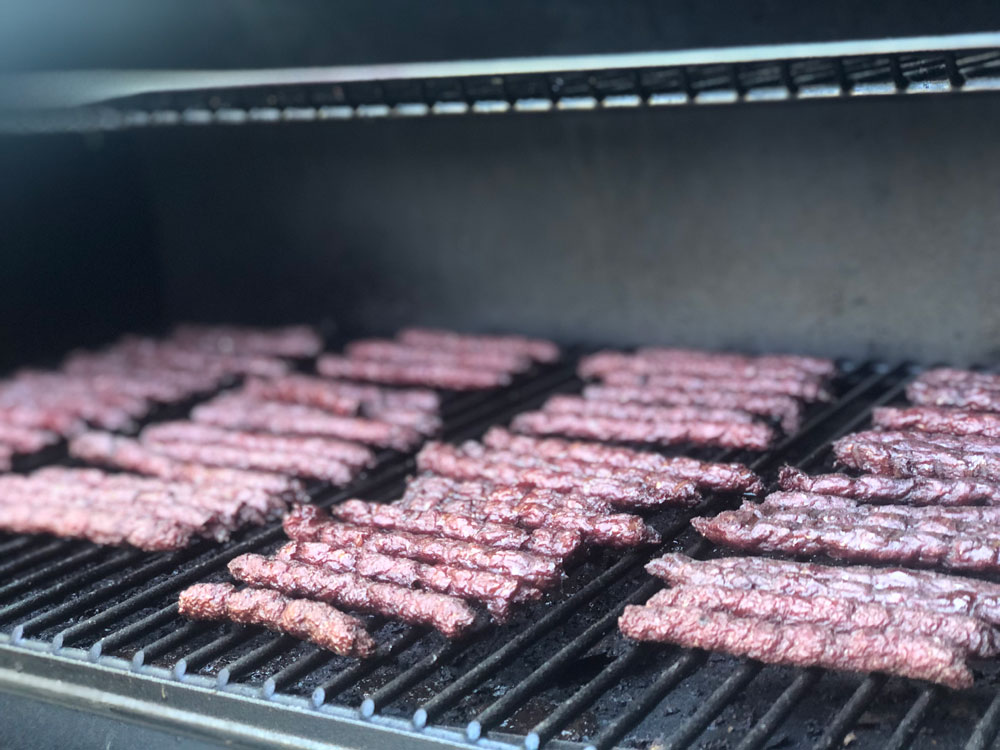
The Final Say
Pemmican is a hiker’s godsend and has kept people alive and trekking for centuries. With one to two parts fat for one part protein, it’s a hearty meal on the go. Made of ground meat and melted fat, you may not find pemmican on gourmet menus, but it will lighten your pack and fuel your adventures.
















